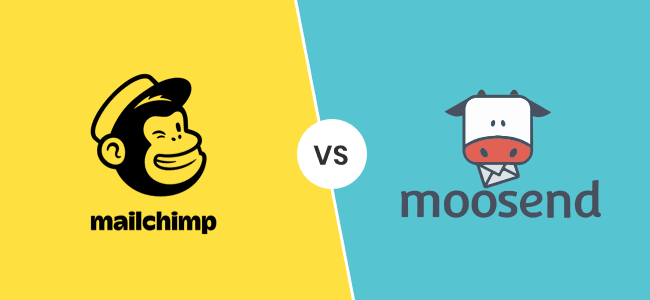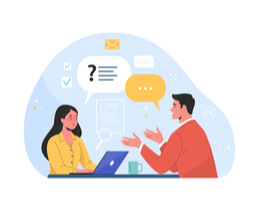Email Marketing Frequency Best Practices

Written By Jason Rowse - Digital Marketing Expert Updated: 09/06/2021 |
The rate at which you send or schedule your marketing emails is referred to as email frequency. Most marketers make errors on this and end up losing their email list. Sending too many emails increases the unsubscribe rates while too-few emails lead to unsubscribes.
By factoring in the deliverability rate and the curve of diminishing returns, you’ll be able to determine the best cadence for your emails. You'll also discover how to tap into the target audience, use technological tools, and use best industry practices.
First Things First - Emails Must Reach Inboxes
Return Path has recently reported that over 20% of marketing emails are undelivered. Therefore, the best way to find the right frequency for marketing messages is via the deliverability rate. This ensures that they pass the spam filter and reach the inboxes of your loyal subscribers.
On top of using a non-spammy subject line, here’s how to fix your email deliverability rate:
- The Domain reputation is crucial because, with a poor reputation, less than 1% of the messages reach the recipient
- Unsubscribe rates tend to raise when you’re not meeting the expectations of the user
- High bounce rates are an indication that your content needs a thorough clean-up
- Low engagement rates can be fixed by checking the content and compatibility issues of the email matter
- Few numbers of clicks occur when you don’t stick to the number of emails you promised the signee. A double opt-in can resolve this
The Curve Of Diminishing Returns
Also referred to as the ‘principle of diminishing marginal productivity’, this is a universal law. It says that increasing one input while stabilizing the other variables leads to dwindling output after a threshold.
For example, consider you’re hungry and you start eating a bowl of salad. By the second bowl of salad, your level of satisfaction dwindles. Perhaps you might not even finish the second bowl of salad.
When it comes to email marketing campaigns, doubling the budget might lower conversions and increase the cost of acquisition.
According to Return Path, there’s a higher chance of losing subscribers if you send more than five emails per week. In short, increasing the budget for marketing won’t translate to an increase in revenue.
Know Your Audience
One of the primary rules of email marketing is that every audience is different. While the ideal email cadence for a fashion business is 6.21 emails per week, the same frequency would most likely annoy a SaaS brand subscriber.
It’s the marketer’s responsibility to determine the needs and behavior of the audience. The customer lifecycle becomes obvious once you determine the beginning, middle, and end of the customer journey.
Additionally, take a look at the individual behavior of your subscribers to gain valuable insights on email cadence. This will help you decide whether to send a welcome series, abandonment email or a re-engagement campaign.
Get Acquainted With Industry Standards
Even though most marketers remember to set their goals, they often forget to check the best practices on email frequency in their industry.
For example, in 2016, online dating was the only industry that sent more emails than the previous year. On the other hand, in 2018 brands saw higher open rates on accounts when a lesser number of emails were sent. In short, what you used for one year might not work the following year. To figure out the right practice, you’ll need to stay on top of the changing standards and trends.
At present, Omnisend recommends that small businesses send up to 19 emails per month. Check the total amount of emails sent by your competitors or start by sending one or two emails a week. Afterward, analyze the metrics to decide if the email frequency should be adjusted.
Keep Up With Technology
You can now find the best email solution for every user by using technology to decipher their actions. To figure out what resonates the most with your target customers, start by doing A/B tests with the subject line and content matter.
Additionally, you can create different cadences based on the audience by segmenting your email list based on the engagement level. Personalizing emails and sending out surveys are also ways of utilizing technology to help figure out the right email marketing frequency.
Setting up emails triggered by specific actions of the customer will help you figure out the stage of the customer lifecycle. Examples of triggers are abandoning a cart, clicking on a link, or frequently making purchases.
According to Customer.io, sending a duplicate email to subscribers who don’t open the first email will increase the open rates. Today, you can even personalize emails by the delivery time of the recipient.
Bottom Line
Parameters, such as email deliverability and the law of diminishing return, will help you build a stronger rapport with your customer. Webmasters and marketers should ideally stay up-to-date on industry practices.
Start by studying your audience’s needs and journeys. Using technology for testing, segmentation, and personalization will also help you figure out the right email frequency.




